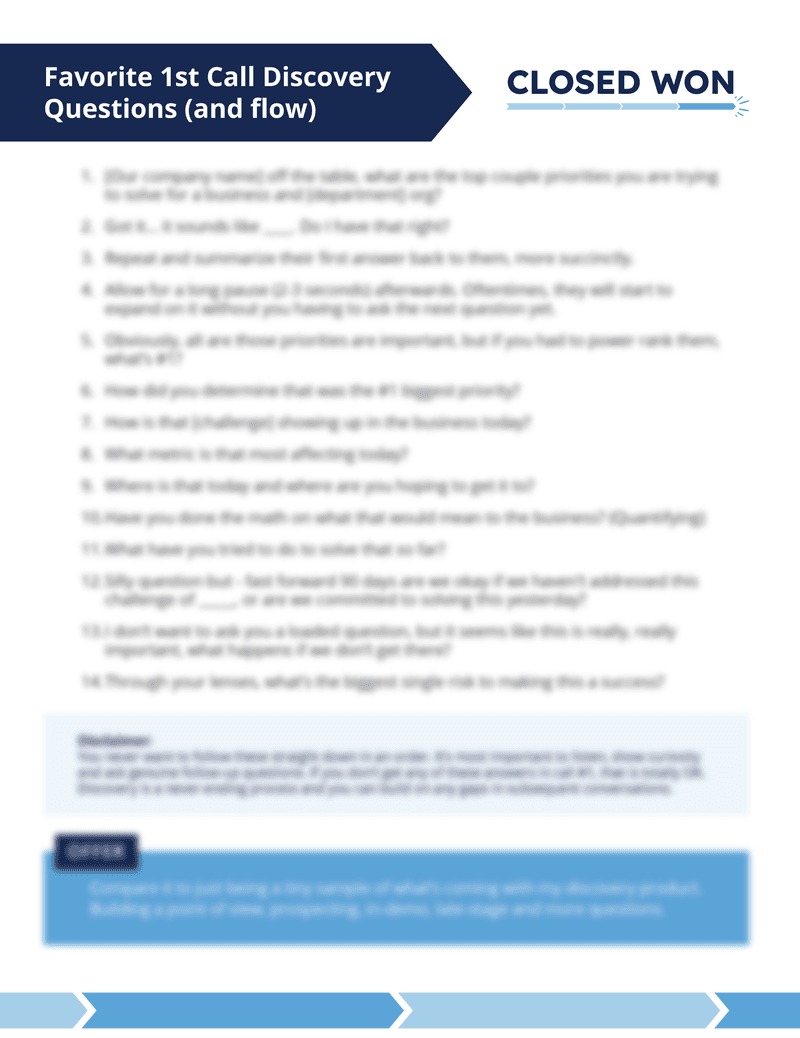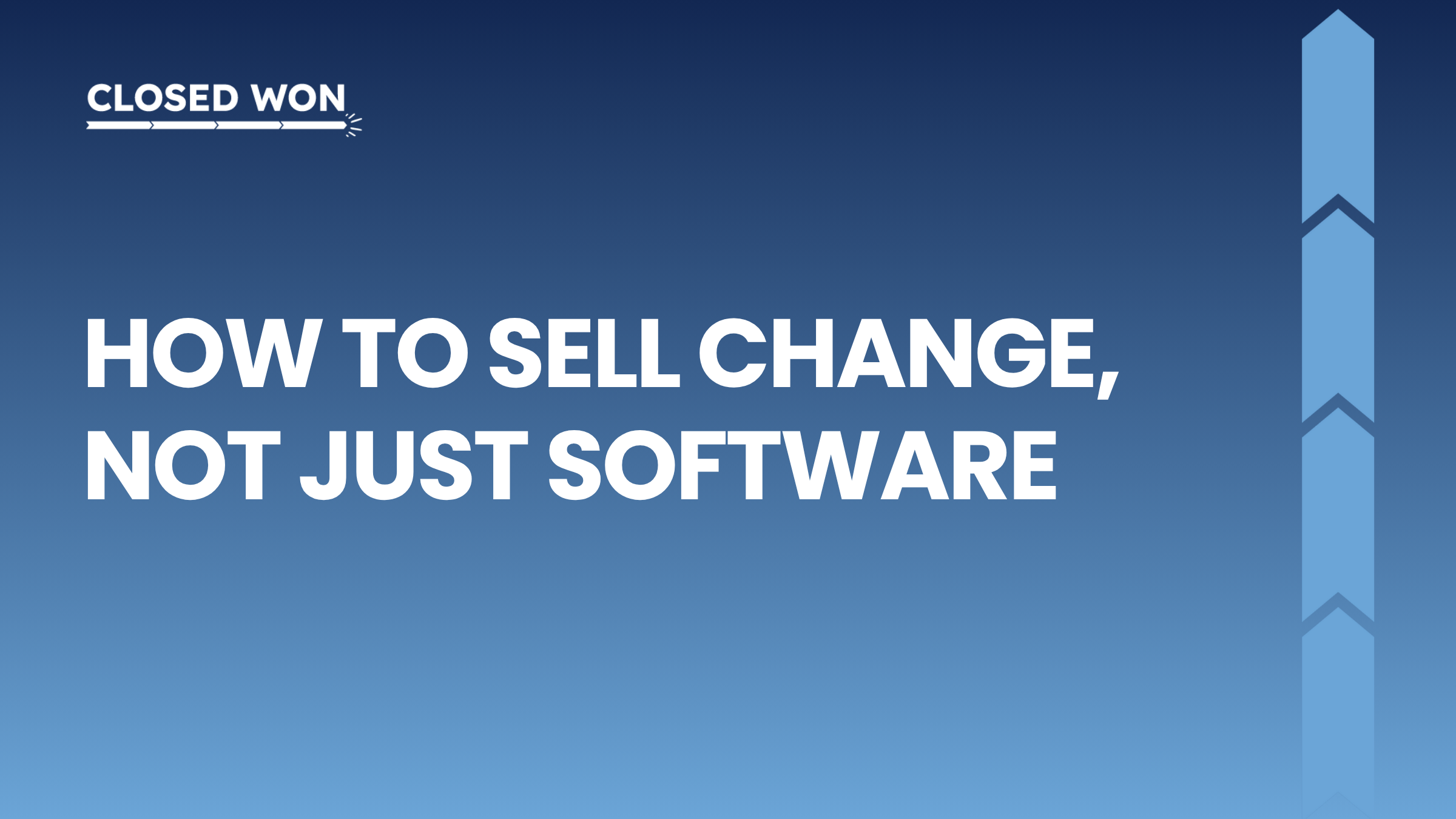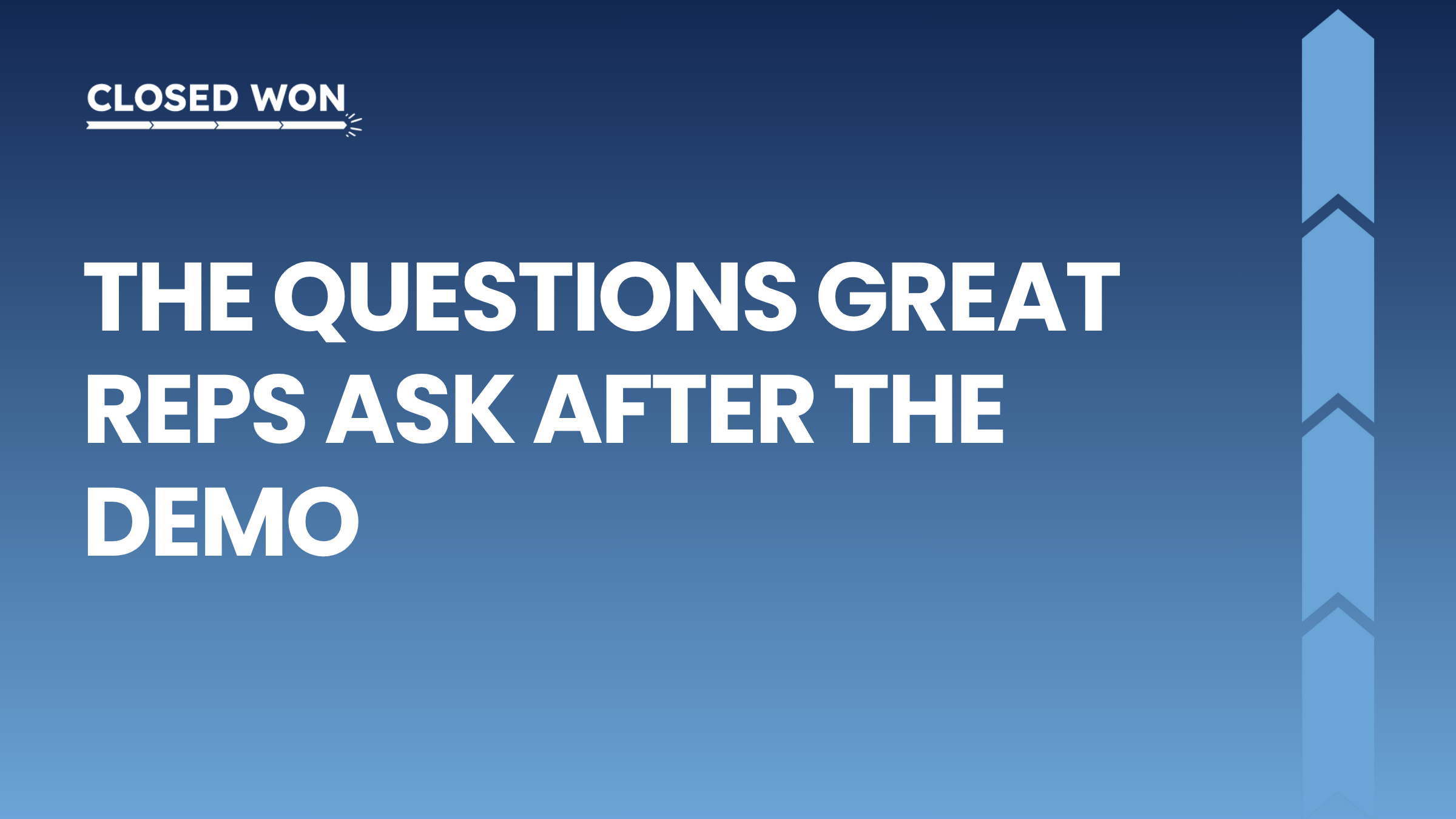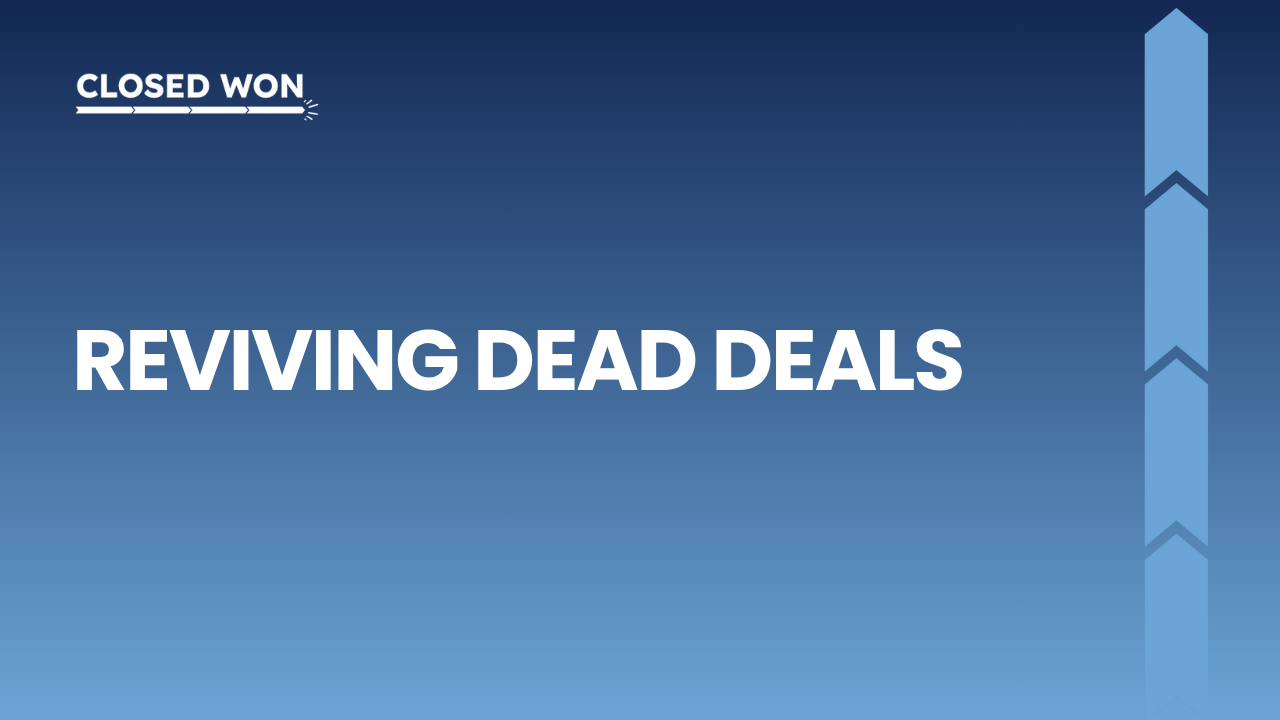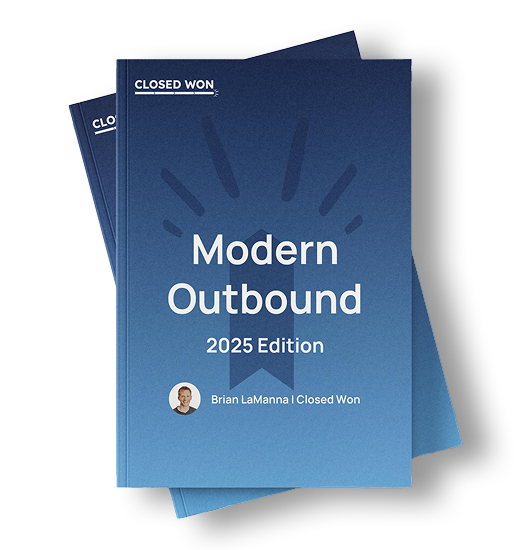Leave your mark on the next generation of sales stars 🚀
SPONSPORED
Do you remember the person who opened a door for you? Most aspiring BDRs from low-income backgrounds never have that person… but they could meet you.
Tangent connects aspiring BDRs from low-income backgrounds with sales reps for short-term mentoring.
For someone trying to break in, one conversation can change everything and it couldn’t be easier:
✅ You pick your time commitment (even just 30 mins a month)
✅ Flexible: dip in/out as your capacity allows
✅ Virtual so you can join from anywhere
✅ A way to build your personal brand
✅ 100% free
✅ Most of all, it’s meaningful!
You can be the reason someone breaks into tech sales ✨
Join 1000+ Sales Mentors leveling the playing field today.
AI Cording platform Cursor just raised a $2.3 BN Series D.
NEWS TO KNOW
They have grown Enterprise revenue by 100x in 2025.
Have never witnessed hyper growth quite like it.
Valued now at $29.3 BN. Founded 2022.
Insanity!
📚 – Lessons from a $650K SMB Deal
BEST FROM LAST WEEK
📝 – Perfect discovery nails 3 elements
💸 – 7 rules for negotiation
The Psychology of Urgency: Creating Compelling Events
Let’s talk about something that trips up a lot of sales reps: urgency.
Most people think you need to create urgency out of thin air with tactics like “this offer expires Friday” or “we only have three spots left.”
But here’s the thing – that manufactured pressure feels fake because it usually is.
Real urgency already exists in every company you’re selling to. Your job isn’t to create it.
Your job is to find it and attach your solution to it.

Real Sources of Urgency
Every company has strategic priorities that keep execs up at night.
These aren’t the nice-to-haves buried in slide 47 of their strategy deck.
These are the must-dos that directly impact their career, their team’s success, and the company’s future.
Think about it: when a CEO tells shareholders they’ll hit 25% growth this year, that becomes a compelling event.
When a company announces a major expansion into new markets, that’s urgency.
When they’re facing regulatory changes or competitive threats, that’s urgency.
Your solution suddenly becomes urgent when it directly supports these existing priorities.

The Research Framework
For Public Companies: Start with their latest earnings transcripts.
I’m not talking about skimming the highlights.
Read the Q&A section where executives get pressed on tough questions.
Look for phrases like:
- “Our top priority this year…”
- “We’re focused on addressing…”
- “The key challenge we’re facing…”
- “We expect to see improvement in…”
Then dig into their 10-K filings for risk factors. Companies are legally required to list what could hurt their business.
That’s your urgency goldmine right there.
For Private Companies: Funding announcements are your best friend.
When a startup raises $50M Series B, the press release isn’t just fluff.
It tells you exactly what they plan to spend money on and achieve in the next 18-24 months.
Look for:
- Specific use cases for the funding (“expand our sales team,” “accelerate product development”)
- Market expansion plans
- Competitive positioning statements
- Growth targets they’ve publicly committed to
LinkedIn is also clutch here. Check recent executive posts and company updates.
VPs don’t randomly post about “streamlining operations” unless that’s a real priority.

Discovery Questions That Work
Once you’ve done your homework, your discovery calls become 10x more effective.
Instead of generic questions like “What are your biggest challenges?” try:
For Strategic Priorities:
- “I saw in your latest earnings call that [specific priority] came up several times. How is that initiative progressing?”
- “Your CEO mentioned [specific goal] as a top focus area. What’s your team’s role in making that happen?”
For Timeline Pressure:
- “What’s driving the timeline on this project?”
- “If this doesn’t get solved by [specific date], what happens?”
- “Who else is counting on you to get this right?”
For Competitive Pressure:
- “How is [competitor] impacting your market position?”
- “What would happen if you don’t move on this before your competitors do?”
Leading With a Point of View
Here’s where most reps mess up.
They do all this research then show up asking permission to help.
Come in with a hypothesis about their urgency.
Try something like:
“Based on your recent funding announcement and the competitive landscape, it seems like speed to market is critical for you right now. Most companies in your situation are struggling with [specific challenge]. Is that resonating with what you’re seeing?”
You’re demonstrating that you understand their world and can connect the dots between their strategic priorities and your solution.

Urgency Validation Framework
Once you think you’ve identified their urgency, validate it with these three questions:
- Impact: “If this problem doesn’t get solved, what’s the real business impact?”
- Timeline: “What’s driving the need to address this now versus six months from now?”
- Consequences: “What happens if you don’t hit this goal?”
If they can’t give you specific answers to these questions, you haven’t found real urgency yet.
Keep digging.
Remember: manufactured urgency feels fake because it is fake.
But when you attach to real business priorities and consequences, urgency becomes authentic and compelling.
Now go do some research.

Win the week!!!



